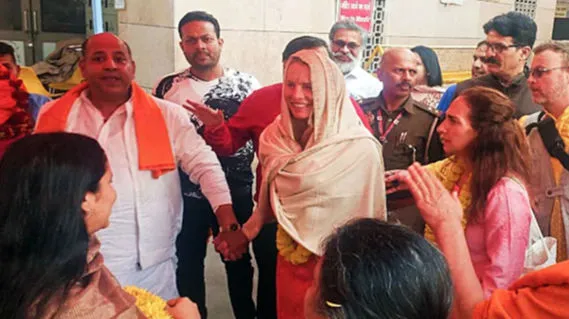India has one of the largest demographics of young people in the world, with 65% Indians being under 35 years old. This phenomenon drives a very large segment of working individuals towards our urban centres. India’s explosive growth is expected to continue—it is estimated that by 2030, Over 400 million people will be residing in urban areas. Our cities constitute a mere 3% of India’s geographical area but contribute a massive 60% to its GDP—a telling figure that exposes major problems.
Moreover, the absence of a national plan that can identify potential areas for growth is why urbanisation will continue unabated. Our cities can no longer withstand this relentless onslaught, and one of the world’s largest slums, where people continue to eke out an existence in unsanitary conditions, is already proof of it.
The pandemic rendered a considerable chunk of India’s urban population homeless, forcing millions to walk back to their hometowns across the nation in one of the world’s largest reverse migrations. This clearly shows that our approach to urbanisation is mired in challenges, and curbing its spread is paramount. However, should the existing urban sprawls that have already become vital to the growth of our nation be excluded from this planning? It is necessary to map the 2,00,00,000 people who migrate from rural to urban areas daily in our country. To build new centres of growth that cater to future demands, potential areas where sustainable resources, renewable energy resources, and human capital may come together should be mapped and made available nationally. Government policies should be centred on these issues.
I visualise these centres as satellite towns abutting rural areas and am not asserting that the entire rural population should migrate here. At the same time, this growing population’s agricultural needs must also be addressed in a sustainable, mechanised and more efficiently growth-oriented path.
When one member of the family, usually the male, leaves their rural setting and migrates across the country seeking work from, say, Uttar Pradesh, Bihar or Bengal to southern, western and northern India, it results in a fragmented family structure. The majority of rural India passes its knowledge bank of traditions, familial expectations and growth across generations by word of mouth. When these tightly woven bonds splinter, it creates a social rupture that the city has to address. Most of these migrants experience increased isolation and live in sub-optimal circumstances due to a lack of infrastructure, leading to Indian cities housing the largest slum populations in the world. The fragmentation of family structure has other serious repercussions. Whilst migration may lead to increased financial stability, in my opinion, it makes people devoid of choices. A large proportion of these migrants falls under the category of unskilled labour, resulting in a loss of generational skills. An example of this is the absence of vernacular construction techniques in the hilly regions of India, where people have forgotten how to build in that context. Instead migrant labour not familiar with the local architecture is building structures incompatible with the terrain and ecology that are now collapsing. This rapid urbanisation has led to a gap in demand and supply, especially in housing and infrastructure such as educational buildings, hospitals, and other essential services. Can this urbanisation really be equated to development?
Lodsi Community Project is one of them. Located in a remote part of Uttarakhand cut off from basic amenities like roads, electricity and water supply, it is a small 10,000 sq.ft. production facility for Forest Essentials, a luxury ayurveda brand. The project was built during the pandemic by the people, for the people availing locally known construction methods. So not only does this initiative generate income, but it also promotes the community’s growth. This, to me, is a prime example of decentralised growth. We created a small pocket of decentralised growth by tapping into the skills of the people and utilising the forest’s natural resources. This was a private initiative, but it has helped me understand the need for a government policy that maps out sites where natural, renewable and human resources can be harnessed, which is critical for the nation’s future. Growth-oriented resources and government policies should be redirected to create a successful decentralised growth pattern. This will ensure that family structures are not ruptured, and people are encouraged to remain in an environment where their skills, traditions, and the oneness of being with their land and communities are maintained. This brings someone to next point of social sustainability: sustainability practised in growth cannot be devoid of the aspect of social sustainability.
This roadmap, along with private initiatives, such as the local community project, is essential to produce a successful decentralised growth model. There are plenty of government policies, such as the Atal Mission for Rejuvenation and Urban Transformation (AMRUT), the Smart Cities Mission, the Jan Dhan Yojana, Make in India, the Digital India campaign and housing for all, in place, but they require a more robust base map to tag themselves onto. There are already enough initiatives towards digital inclusion, but there must now be enough business in rural or newly urbanising India to benefit from this digital transformation. This is the way forward with more integrated, people-centred planning, which entails providing housing to preserve family ties, protect women and children, and encourage community development. It also attributes a sense of pride to a growing nation of youth who can subsequently build things to contribute to an architecture which celebrates their skills and is rooted in contextual identity. When acquired without living in their context, this knowledge has no meaning; it becomes redundant.

Sonali Rastogi is a founding partner at Morphogenesis.























